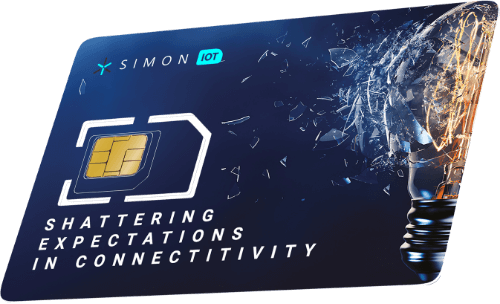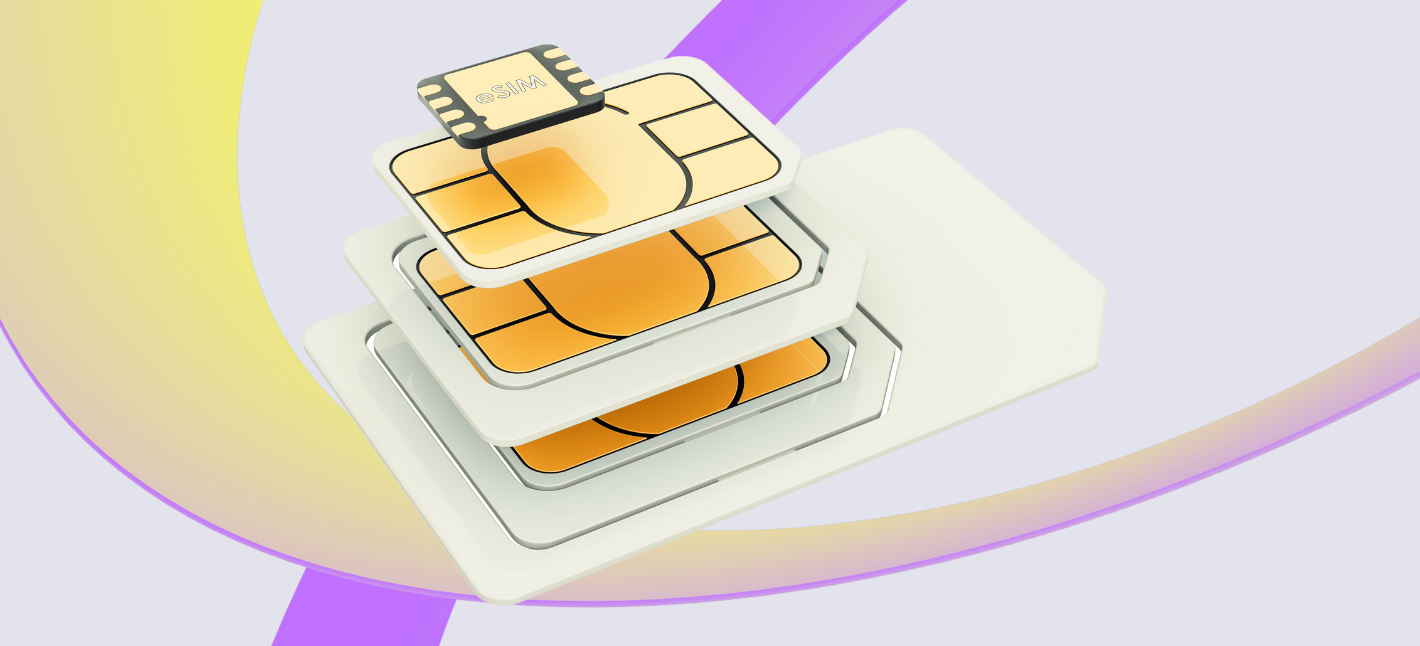Iot M2m Sim Card IoT SIM Card Connectivity
Iot M2m Sim Card IoT SIM Card Connectivity
Blog Article
Hologram Global Iot Sim Card The best IoT SIM Cards
Low-power IoT connectivity protocols have emerged as a cornerstone for the growth and optimization of the Internet of Things panorama. Designed to cater to gadgets that operate on restricted energy, these protocols emphasize effectivity to make sure longevity and reliability. The evolution of technology has amplified the need for low-power options throughout numerous purposes, ranging from smart agriculture to city infrastructure.
LoRaWAN (Long Range Wide Area Network) stands out as some of the acknowledged low-power IoT connectivity protocols. Characterized by its long-range capabilities, it could transmit knowledge over several kilometers with minimal energy consumption. The design of LoRaWAN is tailored for low-speed information transfer, making it ideal for functions where only small packets of data need to be conveyed, corresponding to sensor readings. This protocol facilitates wide-area protection while maintaining cost-effectiveness.
Another distinguished player within the low-power IoT ecosystem is Sigfox. Like LoRaWAN, it's designed for low-bandwidth functions. Sigfox operates utilizing a singular radio know-how that permits units to connect over massive distances without the necessity for vital energy. By counting on a network of base stations for communication, it ensures that devices can transmit messages while consuming minimal energy.

NB-IoT (Narrowband Internet of Things) is a cellular know-how specifically engineered for low-power, wide-area networks. Unlike the aforementioned protocols, NB-IoT leverages present cellular infrastructure, which provides advantages such as higher penetration in city environments and enhanced reliability. It's notably effective for purposes that require more frequent communications and can profit from higher knowledge throughput in comparability with different low-power choices.
Iot Data Sim Card About IoT SIM Cards
MQTT (Message Queuing Telemetry Transport) is one other essential protocol for low-power IoT connectivity. This lightweight messaging protocol is built for efficiency, permitting devices to communicate in an optimized manner. MQTT operates beneath a publish/subscribe mannequin which ensures that gadgets can send and obtain messages without a direct connection to every other, conserving each energy and bandwidth. It is widely adopted in situations where real-time information switch is crucial.
CoAP (Constrained Application Protocol) is specifically designed to facilitate communication in resource-constrained environments, making it significantly suited to low-power devices. It operates using a client-server mannequin, enabling units to trade data seamlessly while maintaining minimal energy usage. This protocol is beneficial for purposes similar to smart home automation and industrial IoT, the place low latency and environment friendly energy management are essential.

Bluetooth Low Energy (BLE) has gained traction for its utility in personal and wearable units. BLE is engineered for short-range communication, with a big emphasis on conserving battery life. This protocol allows for frequent updates while maintaining energy consumption low, which is particularly useful in fitness trackers, smartwatches, and different private units that need to maintain up performance over prolonged durations without frequent charging.
Zigbee, one other well-known low-power connectivity protocol, focuses on mesh networking. Its architecture permits devices to speak by way of a number of nodes, effectively extending the range and reliability of the community. Zigbee is especially efficient in smart house purposes, where varied units want to communicate seamlessly in an energy-efficient method. The mesh capability ensures that gadgets can preserve their connection even if certainly one of them goes offline.
Sim Card Iot Devices Everything about IoT SIMs

Weightless is a lesser-known protocol but equally vital in the low-power IoT landscape. It goals to provide an open standard for low-power connectivity across varied industries. Its design allows for enhanced flexibility and interoperability among gadgets, making it suitable for various purposes starting from asset tracking to smart city initiatives. The protocol's low-power traits ensure it may possibly function effectively within the resource constraints typical of IoT environments.
The landscape of low-power IoT connectivity protocols continues to evolve rapidly. With advancements in technology, manufacturers are increasingly looking for ways to enhance performance whereas optimizing energy consumption. The ongoing refinement of these protocols ensures that they'll accommodate the rising calls for of assorted sectors, including healthcare, agriculture, and industrial automation.
Future tendencies in low-power IoT connectivity protocols might even see an elevated push in course of synthetic intelligence and machine studying integration. Such integration might result in devices that not only talk more efficiently but also be taught Visit This Link from their environments and make autonomous choices based mostly on information patterns. As the need for real-time knowledge processing intensifies, protocols may adapt to facilitate quicker, extra clever communication.
Iot Sim copyright IoT SIM network-independent IoT SIM

In conclusion, the development of low-power IoT connectivity protocols has paved the way for higher accessibility and efficiency in diverse purposes. The unique strengths of varied protocols cater to the precise wants of different environments and use cases. As innovation continues to reshape the panorama, these protocols will play a pivotal position in making certain that the promise of the Internet of Things is realized sustainably and successfully.
- Low-power IoT connectivity protocols prioritize energy efficiency, making them suitable for battery-operated gadgets that require lengthy operational lifetimes.
- These protocols usually make use of techniques like sleep modes and adaptive transmission power to preserve energy during idle instances.
- Popular low-power protocols include LoRaWAN, which provides long-range connectivity with minimal energy consumption, best for rural and remote applications.
- Zigbee and Z-Wave are mesh networking protocols that allow devices to speak with each other directly, extending their vary with out counting on a central hub.
- Cellular IoT protocols like NB-IoT and LTE-M supply protection in areas with current cellular networks, balancing low power with greater information throughput capabilities.
- The alternative of protocol usually depends on components such as vary, bandwidth necessities, and network density, influencing the functions for each expertise.
- Security options are important in low-power protocols, with encryption and authentication mechanisms applied to protect information integrity and gadget identity.
- Interoperability between totally different protocols allows numerous IoT ecosystems, permitting gadgets from varied producers to connect and talk seamlessly.
- Edge computing is increasingly built-in with low-power protocols, allowing processing to happen nearer to the info source, thus decreasing latency and energy usage.
- Scalability is a key benefit offered by many low-power protocols, allowing networks to assist a vast variety of gadgets without important resource expenditure.undefinedWhat are low-power IoT connectivity protocols?undefinedLow-power IoT connectivity protocols are communication standards designed for units that must operate with minimal energy consumption. They enable gadgets to transmit data efficiently over long distances whereas preserving battery life, making them perfect for applications like smart sensors and wearables.
Why is low power necessary in IoT?undefinedLow energy is crucial in IoT because many devices operate on batteries and are sometimes deployed in distant or hard-to-reach locations. Energy-efficient protocols extend the operational life of these gadgets, reducing maintenance prices and environmental impact.
How do low-power IoT protocols compare to traditional connectivity options?undefinedLow-power IoT protocols, such as LoRaWAN, Sigfox, and NB-IoT, are optimized for low data rates and long-range communication. In contrast, traditional options like Wi-Fi and cellular aren't as power-efficient and will require extra frequent recharging or maintenance.
Cheapest Iot Sim Card Global IoT ecoSIM Card
What are some widespread low-power IoT connectivity protocols?undefinedCommon low-power IoT connectivity protocols embody LoRaWAN, Sigfox, NB-IoT, and Zigbee (2g Iot Sim Card). Each protocol has its unique strengths, such as range, data fee, and community structure, making them appropriate for various IoT purposes.
What kinds of applications benefit most from low-power IoT connectivity?undefinedApplications like smart agriculture, environmental monitoring, asset tracking, and smart meters profit considerably from low-power IoT connectivity. These areas typically require sensors to send small quantities of knowledge over long distances, making energy efficiency a key consideration.
How do I choose the right low-power connectivity protocol for my IoT project?undefinedChoosing the proper protocol depends on components like vary, data requirements, device density, power consumption, and price. Assess your project's specific needs and conduct a feasibility analysis to find out essentially the most appropriate connectivity choice.
Are low-power IoT connectivity protocols secure?undefinedMany low-power IoT protocols incorporate safety features corresponding to end-to-end encryption and authentication mechanisms. However, it's essential to judge each protocol's security measures primarily based in your application’s sensitivity and potential risks - Iot Sim Card.
Sim Card Per Iot Prepaid IoT SIMs Europe 10 SIM Bundle
Can low-power IoT protocols work in city environments?undefinedYes, many low-power IoT protocols can perform in city environments. However, they might face challenges such as interference and sign blockage from buildings. Protocols like NB-IoT are particularly designed to handle these circumstances effectively.
What is the position of gateways in low-power IoT connectivity?undefinedGateways function intermediaries between low-power IoT devices and the sites web or cloud services. They facilitate knowledge aggregation, processing, and communication, permitting multiple gadgets to hook up with wider networks with out requiring direct web entry for every gadget.
Report this page